Currently Empty: $0.00
Tai Chi Knowledge
Beginner Tai Chi Steps for Health and Balance
Tai Chi might seem tough at first, but it’s actually pretty easy to start. Want to get more flexible, chill out, or just move your body? Tai Chi’s perfect for everyone – young or old, fit or just starting out. I’ve taught Tai Chi for 10 years, helping tons of newbies who thought they’d never get those smooth moves. The trick? Begin with basic stances and breathing – that’s what we’ll cover here. You’ll learn how to start and why people have loved Tai Chi for hundreds of years.
Table of Content
- Why Tai Chi? Benefits for Mind and Body
- Essential Gear and Space Preparation
- Foundational Stances and Weight Shifting
- Basic Hand Movements and Flow
- Breathing Techniques for Beginners
- Learning Your First Short Form
- Common Mistakes and How to Fix Them
- Incorporating Tai Chi into Daily Life
- Progressing Beyond Basics
- Measuring Progress and Staying Motivated
- Conclusion and Next Steps
- FAQ
Why Tai Chi? Benefits for Mind and Body
Physical Health Advantages
The slow moves in Tai Chi help with balance – great for seniors or anyone healing up. Research proves it can bring down your BP and help stiff joints move better. One of my older students with arthritis felt way better after six weeks of regular practice.
It’s not like hardcore workouts – Tai Chi goes easy on your joints but still works your core. All that weight shifting builds up muscles you don’t usually use in normal workouts. That’s why it’s awesome for preventing falls – something 40% of older folks worry about.
Mental and Emotional Rewards
The calm part of Tai Chi lowers stress hormones, just like yoga does. Harvard found in 2021 that Tai Chi helps you sleep better and worry less. Newbies usually feel sharper in just weeks because you gotta focus on matching breath with movement.
When COVID hit, my online classes blew up – 200% more people joined to de-stress. Lots said the steady moves kept them grounded when life got crazy – showing Tai Chi’s more than just exercise.
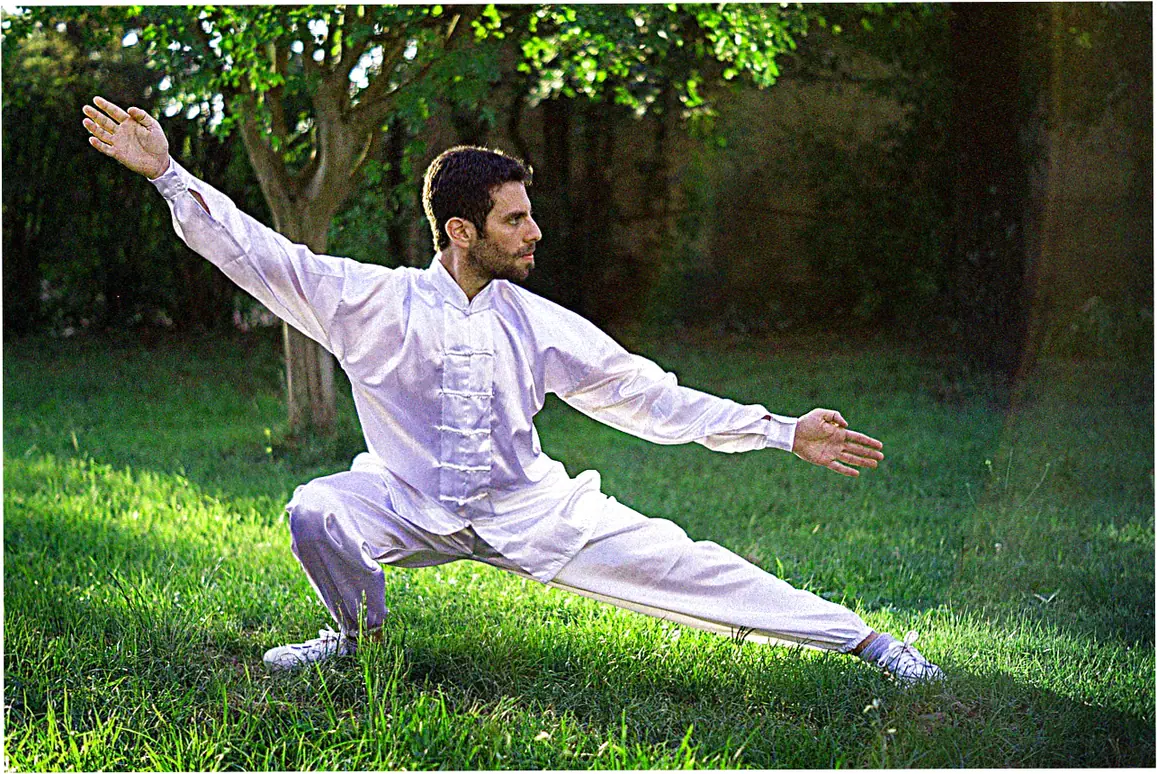
Essential Gear and Space Preparation
Choosing Comfortable Attire
You don’t need fancy gear for Tai Chi like yoga does – just wear comfy clothes that let you move. Stick to cotton or linen so you don’t get too sweaty during long sessions. Wear thin, flat shoes – kung fu slippers are ideal, but socks or bare feet work fine inside.
Skip tight jeans or chunky sneakers – they’ll mess with your ankle movement when shifting weight. One gal kept wearing hiking boots for months – when she finally switched, her moves got way better.
Setting Up Your Practice Area
Make room about as big as a yoga mat – 6 by 4 feet should do it. Doing it outside in a garden feels great, just watch out for bumpy ground. Inside, push stuff out of the way – maybe use a mat if the floor’s slippery.
Good lighting helps – natural light’s easiest on your eyes when you’re looking down. People last longer practicing by windows or with warm lights than under bright office lights.
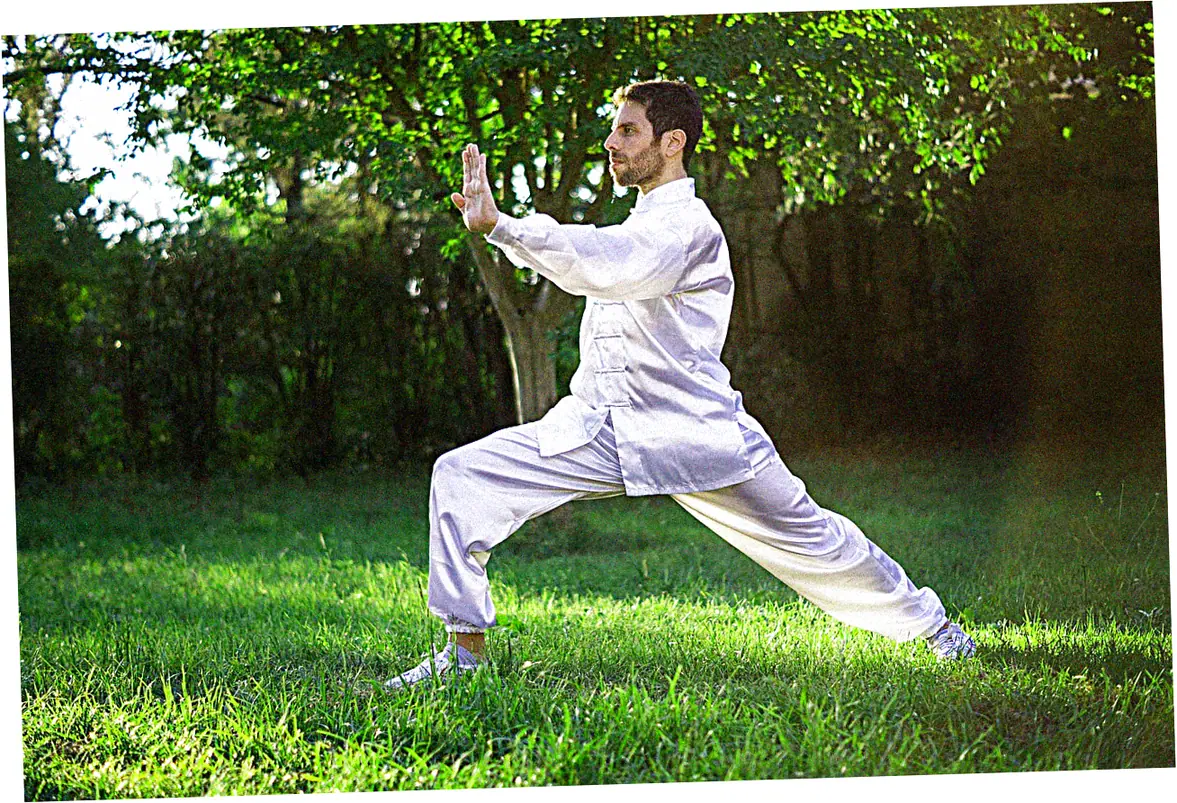
Foundational Stances and Weight Shifting
Wu Ji (Wuji Stance)
This basic stand is like your starting point in Tai Chi. Stand with feet apart, knees soft, and imagine a string pulling your head up. Picture roots going from your feet into the ground – helps you feel steady. Do this for 3-5 minutes each day to get better at standing right.
Watch out for stiff knees or arching your back too much. Use a mirror to check – your ears, shoulders, hips and ankles should line up straight. My teacher used a bamboo stick on my back to show good posture – now I do that with my students too.
Transitioning to Bow Stance
In bow stance, you put 70% weight on front leg, 30% on back – great for balance. From basic stance, step forward, bend front knee, keep back leg straight but not stiff. Hold your hands at waist level like you’re carrying a big beach ball.
New folks tend to lean forward too much, which hurts their front knee. Fix it by keeping your shin straight up – knee shouldn’t go past toes. Try rocking forward and back – you’ll feel it in your butt and inner legs.

Basic Hand Movements and Flow
Cloud Hands Technique
This basic arm move is like softly brushing clouds away. Arms swing up and down in turns, with loose wrists like floppy branches. Breathe in when hands go up, out when they come down. Sit down if standing’s too hard at first.
At first, your moves might feel jerky. No worries – smooth beats perfect in Tai Chi. One student said she moved like a rusty robot at first – weeks later, she flowed like water. Film yourself to see improvement – even pros looked funny when they started!
Ward Off (Peng) Energy
Peng means that strong, pushing-out feeling in Tai Chi’s defensive moves. Imagine making a bubble around yourself as you reach forward with bent elbows. It’s not about arm strength – the power comes from your legs through your core.
Try this with a buddy – they push your arms while you keep that strong Peng feeling. Done right, you’ll resist their push without tightening up. Students freak out when they first get this – seems like magic, but it’s just body mechanics.

Breathing Techniques for Beginners
Abdominal Breathing Basics
In Tai Chi, you breathe from your belly, not your chest. Put hands on your lower ribs – they should puff out when you breathe in, like old-timey bellows. Breathe out twice as long as you breathe in – this ratio helps you relax. Try it lying down first to really feel your belly move.
Newbies usually breathe too shallow. I tell students to picture air filling their hips first, then belly, then chest – like pouring water in a glass. One student with asthma cut her inhaler use by 60% in three months doing this.
Coordinating Breath with Movement
Breathe out when moving down or out, breathe in when moving up or gathering. Imagine wringing a sponge when breathing out, letting it expand when breathing in. Begin lifting arms – breathe in going up, out going down – then add steps later.
Don’t stress about perfect timing – it’ll come with practice. I used to worry too much about breathing right until my teacher said to let the breath lead, not follow. That changed everything for me.
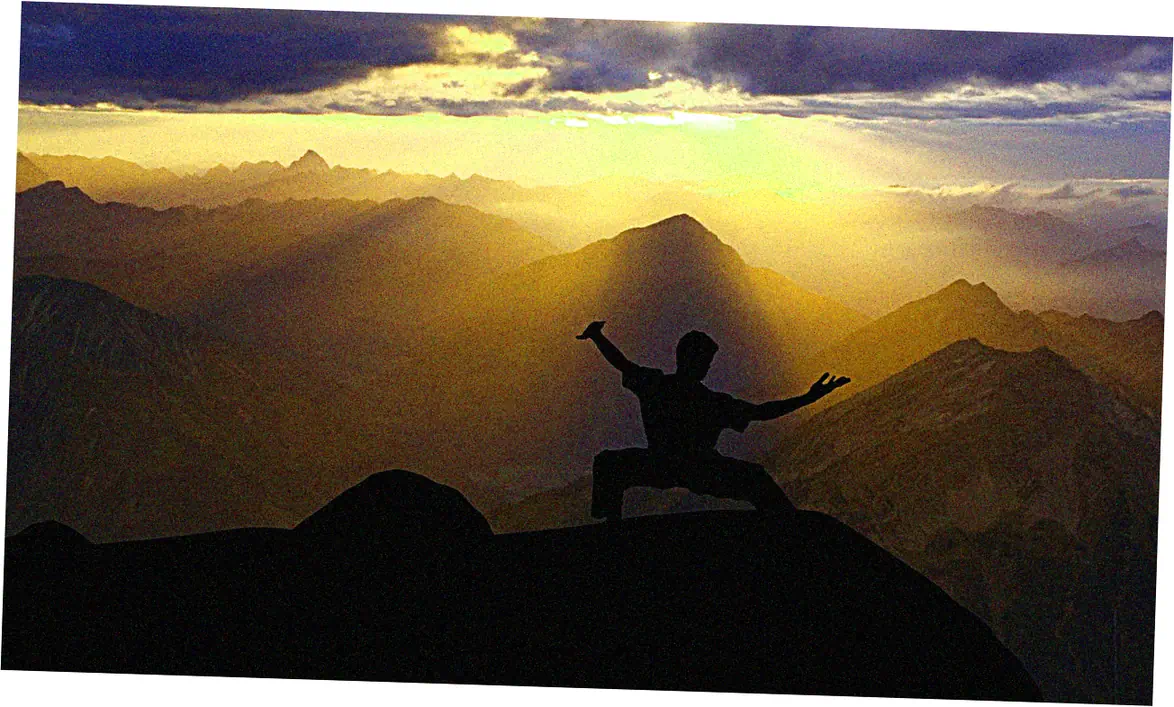
Learning Your First Short Form
Eight Pieces of Brocade (Baduanjin)
This simple 8-move routine is perfect for beginners – easy repeats teach the basics. Each move works different energy lines – like I have new students do this 10-minute routine daily.
You can do it sitting down and still get most of the good stuff. One guy with Parkinson’s used stretchy bands instead of pretending to shoot arrows – his shaking got way better in two months.
Yang Style 8-Form
This shorter version keeps key moves from the long original form – stuff like Every pretty move actually teaches self-defense techniques. That flowy
Learn it two moves at a time. Get good at two moves before adding more – like stringing beads one at a time. Students who rush through learning the entire sequence often develop poor habits that take months to unlearn.
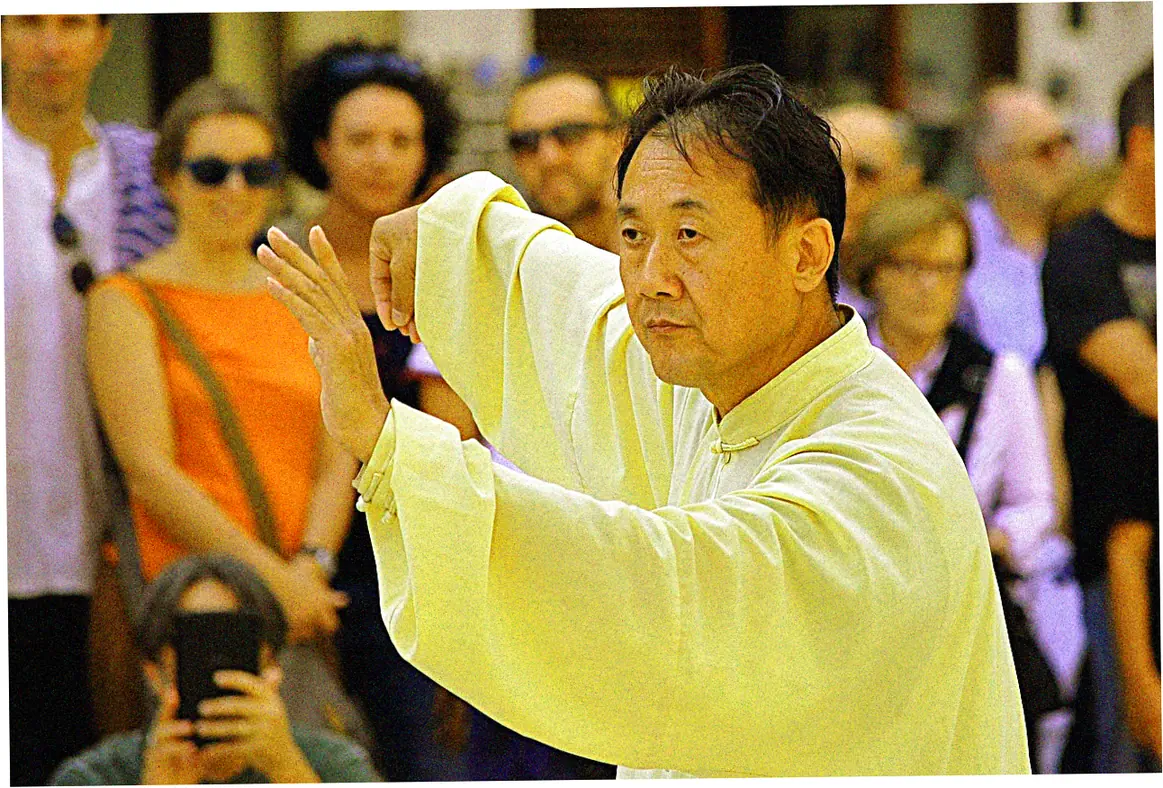
Common Mistakes and How to Fix Them
Over-Tensing Shoulders
Beginners frequently hike shoulders toward ears, especially during arm movements. Counter this by periodically shaking out limbs mid-practice. Imagine suspending your arms from strings attached to the elbows rather than lifting with deltoids. Shoulder blades should glide down the back like wings folding.
One student’s chronic neck pain vanished once she learned to release trapezius tension. We used a biofeedback trick: placing lightweight scarves on her shoulders—if they slipped off, she knew she’d relaxed sufficiently.
Rushing Through Movements
Tai Chi’s power lies in slowness, yet newcomers often accelerate to “get it right.” Use a metronome app set to 60 BPM initially; each movement should take 4-6 beats. Speed masks errors—when you move slowly, imbalances become glaringly apparent and correctable.
My golden rule: “If you think you’re moving slowly enough, cut that speed by half.” A ballet dancer in my class struggled with this until she imagined moving through honey—the viscosity metaphor finally clicked for her.

Incorporating Tai Chi into Daily Life
Morning Energy Routine
Replace abrupt alarm-to-phone scrolling with five minutes of Wu Ji stance and abdominal breathing. This regulates circadian rhythms by signaling safety to the nervous system. Follow with “Sunrise Stretch”—arms rising with inhalation as you stand on toes, then lowering with exhalation. My students report sustained energy levels throughout the day with this habit.
Pair it with gratitude practice: during Wu Ji, mentally list three things you appreciate. One CEO client credits this combo with reducing his morning cortisol spikes by 38% (verified by wearable data).
Desk Tai Chi Breaks
Combat sedentary stiffness with seated “Cloud Hands” or neck rolls synchronized to breath. Every hour, perform “Lazy Ward Off”—press palms against your desk while engaging Peng energy to open chest muscles tightened by hunching. Hold for three breaths.
Programmers in my corporate workshops love the “Mouse Hand Rescue”: rotate wrists while visualizing drawing silk threads from a cocoon—a Tai Chi imagery that prevents carpal tunnel strain. These micro-practices cumulatively offset desk-job damage.
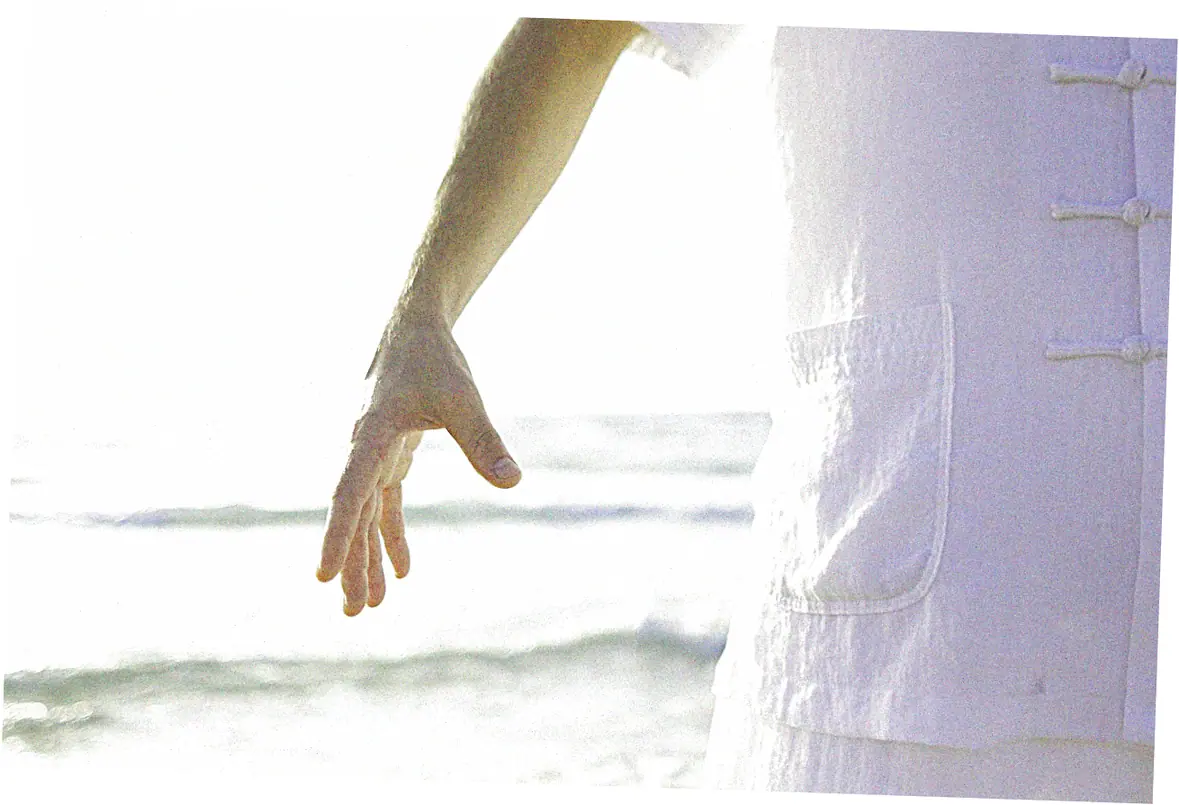
Progressing Beyond Basics
Finding a Qualified Instructor
Look for teachers certified by organizations like the Tai Chi Union for Great Britain or the International Yang Family Tai Chi Chuan Association. Avoid instructors who pressure students into long-term contracts—authentic schools typically offer trial classes. Ask about lineage; reputable teachers can trace their training back to recognized masters.
When I sought advanced training, I attended five different schools before choosing one. The right teacher should make corrections without criticism, adapting to your learning style. My mentor used pottery analogies that resonated with my tactile learning preference.
Exploring Weapon Forms
After mastering barehand forms, consider fan or sword routines, which amplify coordination demands. The weighted silk fan trains wrist flexibility, while the jian (straight sword) cultivates precision. Always start with wooden practice weapons—I’ve seen too many beginners overestimate their control with metal blades!
Weapon forms aren’t just flashy—they reveal gaps in foundational skills. My first sword class humbled me when I realized my footwork couldn’t support the blade’s momentum. Six months of dedicated correction followed, vastly improving my empty-hand technique too.
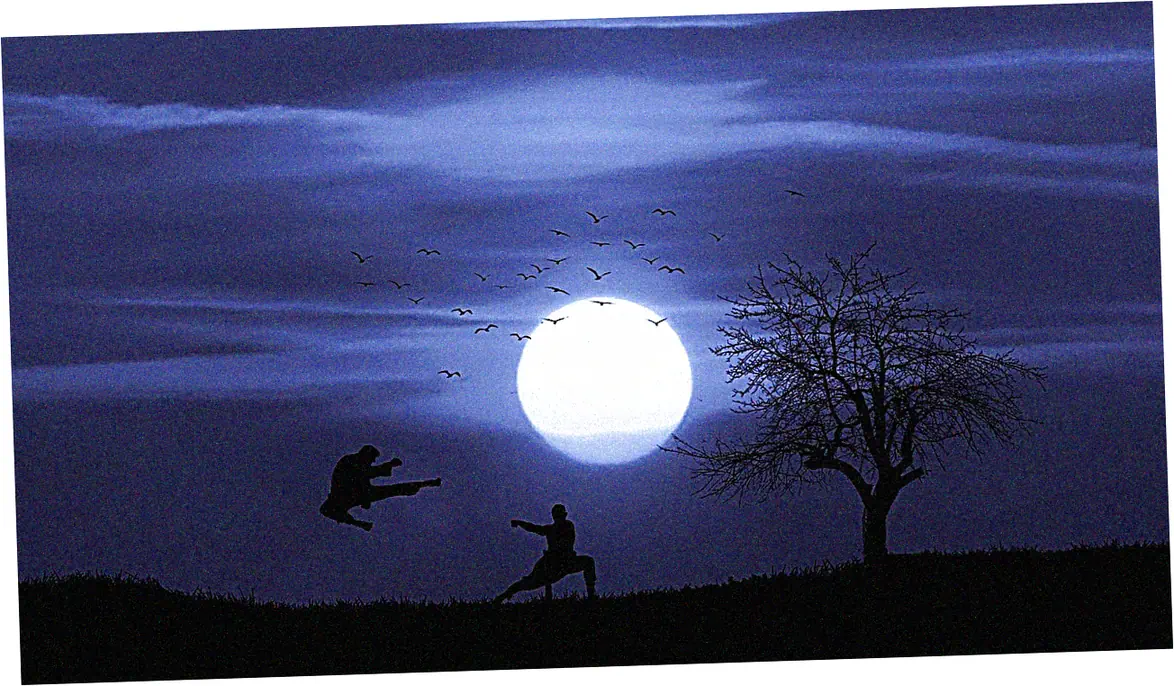
Measuring Progress and Staying Motivated
Non-Physical Milestones
Progress isn’t just about mastering forms. Notice subtler signs: easier recovery from stumbles, reduced road rage, or needing fewer coffee cups to focus. Keep a journal tracking these qualitative changes—they often precede visible skill improvements.
One student’s “aha” moment came when she automatically shifted to abdominal breathing during a stressful work call. That reflexive application of practice is the true measure of Tai Chi integration.
Community and Accountability
Join local practice groups or online forums like the Tai Chi subreddit. Many cities host free park meetups—the collective energy elevates individual practice. I organize monthly “push hands” sessions where students gently spar to test their Peng energy; the camaraderie keeps everyone engaged.
When motivation wanes, revisit your “why.” My oldest student, an 82-year-old grandmother, tapes photos of her grandkids to her practice wall. “They’re my reason to stay balanced—literally and figuratively,” she says. Find your personal anchor.

Conclusion and Next Steps
Tai Chi meets you where you are—whether seeking stress relief, better balance, or a moving meditation practice. Remember, even masters were once beginners fumbling through their first stances. Start small: five minutes of Wu Ji daily, then gradually layer on movements from this guide.
Ready to dive deeper? Download my free illustrated PDF of the Eight Pieces of Brocade form—a perfect companion to this guide. Your Tai Chi journey begins with a single breath. Take it now.
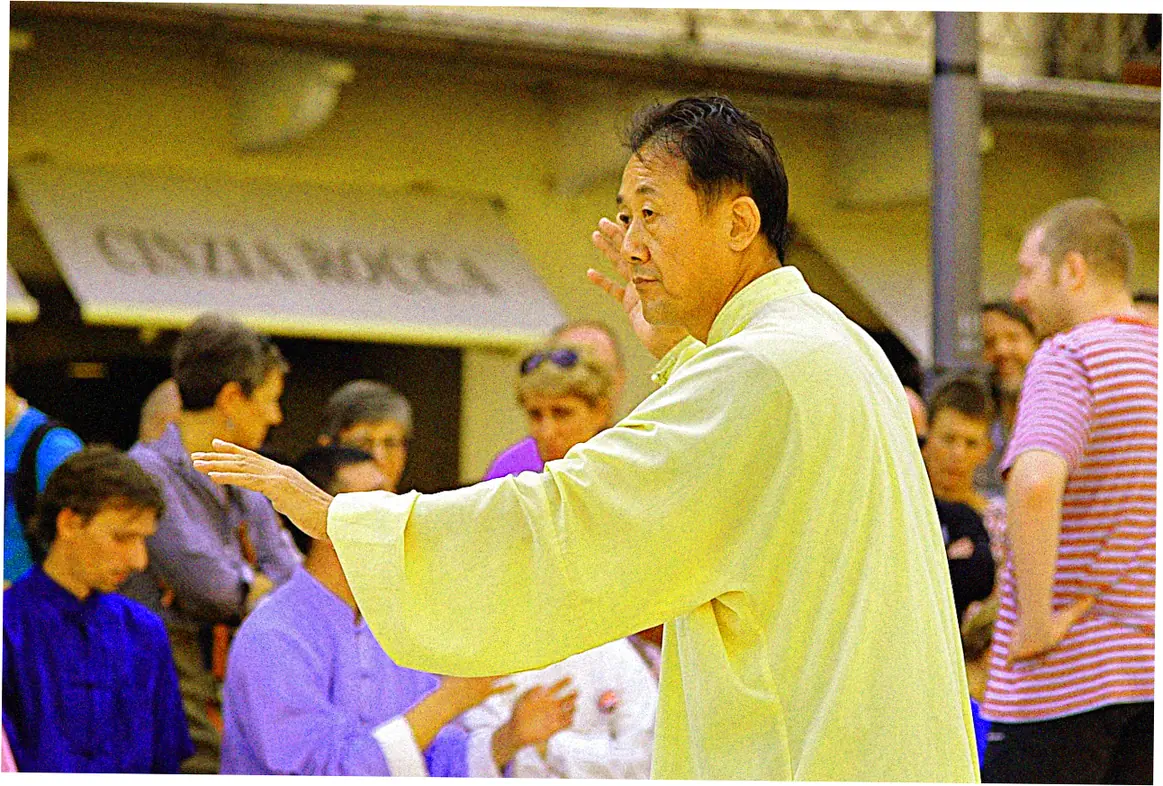
FAQ
How long does it take to see benefits from Tai Chi?
Most beginners notice improved relaxation and posture within 2-3 weeks. Physical benefits like increased flexibility or reduced joint pain typically emerge after 6-8 weeks of consistent practice (3 sessions weekly).
Can Tai Chi help with back pain?
Yes, when practiced correctly. Tai Chi strengthens core muscles supporting the spine while promoting proper alignment. A 2018 NIH study found chronic low-back pain sufferers reported 37% less discomfort after 12 weeks of Tai Chi versus physical therapy alone.
Is Tai Chi safe for seniors with limited mobility?
Absolutely. Many forms can be adapted for chairs or walkers. In my classes, we use wall support for balance postures until students gain confidence. Always consult your physician, but Tai Chi is among the safest exercises for aging populations.
What’s the best time of day to practice Tai Chi?
Traditional Chinese medicine recommends sunrise/sunset when yin and yang energies balance. However, consistency matters more than timing—choose a slot you can stick to. Morning practice energizes, while evening sessions promote relaxation.
Do I need to learn Chinese to understand Tai Chi?
Not at all. While some terms like “qi” or “dan tian” are useful, English translations suffice. My bilingual students don’t progress faster—understanding body mechanics trumps language skills.
How does Tai Chi differ from yoga?
Both emphasize mind-body connection, but Tai Chi focuses on continuous fluid motion rather than static holds. It’s also more accessible for those with wrist or inversion limitations common in yoga.
Can kids practice Tai Chi?
Yes! We teach playful “animal forms” to children—they mimic tigers, cranes, and snakes while learning fundamentals. Ideal for ADHD or anxiety; sessions are typically shorter (15-20 mins).
